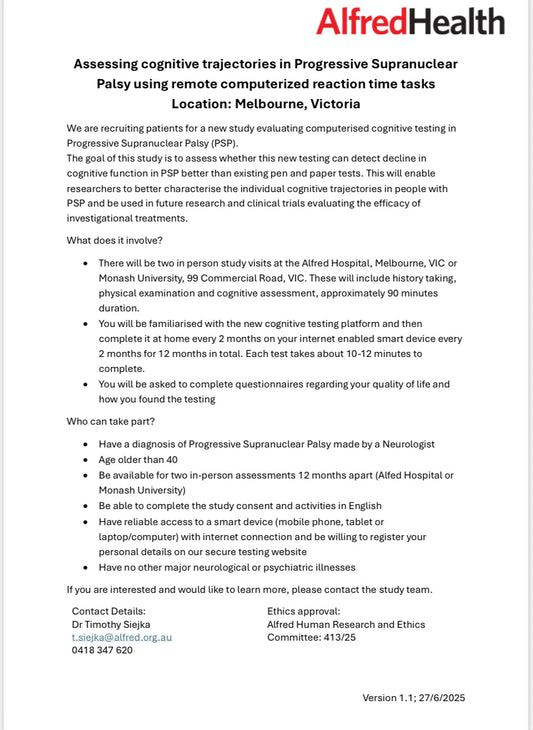Understanding Tubulins and Their Importance
What are Tubulins?
Tubulins are a family of globular proteins that polymerize to form cylindrical structures known as microtubules. These microtubules are essential components of the cell’s cytoskeleton, providing structural support and playing a pivotal role in various intracellular processes.The Role of Tubulins in Cellular Health
Healthy cellular function is intrinsically linked to the integrity of tubulins. They are involved in:- Cell Division
- Intracellular Transport
- Maintenance of Cell Shape
- Signal Transduction
Photobiomodulation and Its Mechanisms
Photobiomodulation (PBM) is a form of light therapy that utilizes specific wavelengths of light to interact with biological tissues. The 810nm NIR wavelength used in Vielight technology has shown significant promise in enhancing cellular health by targeting tubulins.How Does PBM Work?
PBM works by absorbing light into the mitochondria, the powerhouse of the cell, which then leads to:- Increased ATP Production
- Enhanced Cellular Bioenergetics
- Overall Cellular Homeostasis
Applications in Alzheimer's Disease
Alzheimer’s disease is characterized by the accumulation of amyloid plaques and neurofibrillary tangles, primarily composed of destabilized and hyperphosphorylated tubulins. By targeting these structures, PBM has the potential to mitigate some of the cellular dysfunctions associated with Alzheimer’s.Research Insights and Findings
The current study involving Vielight technology and esteemed academic institutions has yielded significant findings in the context of Alzheimer's disease.Structural Integrity and Functionality
The application of 810nm NIR light has shown to enhance the structural integrity of tubulins, thus preserving their functionality within the cell. This improves cellular health and potentially reduces the progression speed of neurodegenerative symptoms.Reduction in Neurotoxicity
Another crucial finding is the reduction in cellular toxicity. By stabilizing tubulin structures, PBM helps reduce the formation of toxic amyloid aggregates, a hallmark of Alzheimer’s pathology.Improving Cognitive Function
Early results are promising, suggesting that regular application of PBM can have a positive impact on cognitive functions. Participants in initial trials have exhibited improvements in memory retention and cognitive clarity.Clinical Applications and Future Prospects
With these promising results, the future of Alzheimer’s disease treatment could see a paradigm shift towards non-invasive and effective therapies like PBM.Vielight Devices
Vielight offers a range of devices designed to administer NIR light therapy, making it accessible for home use. This is particularly beneficial for patients who may not easily access traditional clinical settings.Integration with Other Treatments
PBM can be integrated with existing treatment methods, enhancing their efficacy and offering a holistic approach to managing Alzheimer’s disease.Further Research and Development
Continued research is vital for understanding the full scope of PBM’s potential. Future studies are expected to further elucidate the mechanisms by which NIR light interacts with cellular structures, paving the way for more refined and targeted therapies.What's Next?
The implications of this study are far-reaching, providing a foundation for future research and clinical applications. The ongoing research into the effects of 810nm NIR energy on tubulins represents a significant step forward in the fight against Alzheimer's disease. As we move forward, it is essential to:- Continue Clinical Trials
- Expand Research into Cellular Mechanisms
- Develop Accessible and Effective PBM Devices
The collaboration between Vielight, the University of Turin, and the University of Alberta exemplifies the power of interdisciplinary research in tackling complex medical challenges. With continued effort and innovation, the dream of effective treatments for Alzheimer’s is becoming increasingly attainable. In conclusion, photobiomodulation, particularly with the use of Vielight technology, offers a beacon of hope in the fight against Alzheimer’s disease. By targeting fundamental cellular structures like tubulins, PBM has the potential to revolutionize the treatment landscape, improving the quality of life for millions of patients worldwide. For more information and updates about Vielight's groundbreaking research, visit their official website.


 Donate
Donate



